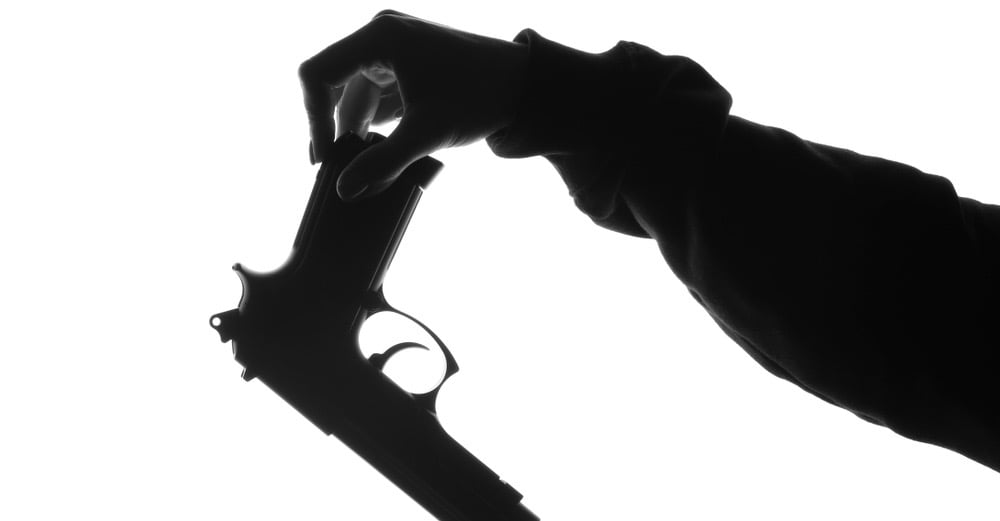In a rare display of bipartisanship, Senate Judiciary Committee members seemed to offer their support this morning for the growing movement among states to pass extreme risk protection orders, commonly known as red flag laws, since the school shooting in Parkland, Florida.
South Carolina Republican Lindsey Graham, who has become one of President Trump’s biggest cheerleaders in recent months, called the hearing, he said, to “start a discussion about what’s working at the state level.” But in his opening remarks, he stopped short of endorsing a national push, “I think passing a federal law is beyond what the market will bear.”
Rather, Graham said, he wants to create “an incentive at the federal level” for states that want to implement their own red flag laws. That would seem to be an endorsement of a bill introduced in February by Senator Dianne Feinstein, a California Democrat and the ranking committee member, that would encourage states to use federal funding to offset the cost of implementing red flag policies. But not a single Republican has signed on to cosponsor the measure, despite its compatibility with Graham’s stated aims.
Fourteen states and the District of Columbia currently have some type of red flag law on the books. Proposals are pending in more than two dozen additional states. Though slight variations exist, the contours of the red flag measures are the same: Law enforcement — and, in some cases, family members, teachers, or health professionals — can petition a court to remove guns from those considered to be a threat to themselves or others. Some states allow weapons to be taken temporarily, prior to a full hearing.
In her Senate testimony, Kimberly Wyatt, a prosecutor who supervises the enforcement of Washington State’s red flag law, praised what she called “lifesaving” legislation: “This has been the most important and rewarding work of my 18-year career as a prosecutor. A prosecutor rarely, if ever, has an opportunity to intervene prior to gun violence occurring. Instead, we react after the gun violence has happened.”
During questioning, Republicans raised concerns about ensuring due process and maintaining a high standard of evidence. Iowa Republican Chuck Grassley asked witness Dave Kopel of the Independence Institute, a think tank funded in part by the National Rifle Association, to clarify what legal protections he believes should exist in red flag laws. Kopel advocated against temporary gun removal prior to a full hearing except in the most dangerous cases, and in favor of providing counsel for those accused. Additionally, he said, “If we’re going to have truth in legislation, when a bill says it’s about extreme risks, then the standard should be of finding an extreme risk, not a finding of some lower level of risk, or as in some legislation, merely finding a danger.”
The range of viewpoints expressed at the hearing were split along typically Republican and Democratic lines — with Democrat Mazie Hirono of Hawaii assuming a clear anti-NRA posture, and Republican Joni Ernst of Iowa sticking with simple, pro-Second Amendment talking points. But there was an unusual sense of unity among the senators and testifying witnesses that preventing gun deaths through red flag laws should be a legislative priority. At one point, Feinstein asked her colleagues if they disagreed with Sheriff Ric Bradshaw, a witness discussing how a red flag law should work. The room remained silent.
When Kopel was later pushed by Illinois Democrat Dick Durbin, he responded, “I support these laws too, Senator, that’s why I’m here testifying.”
And in his closing remarks, Graham seemed to contradict his initial hesitancy to support a federal red flag law: “I really can’t see a reason why we can’t pursue this at the federal level. The benefits are enormous,” he went on, “even if you just stop one” death.


